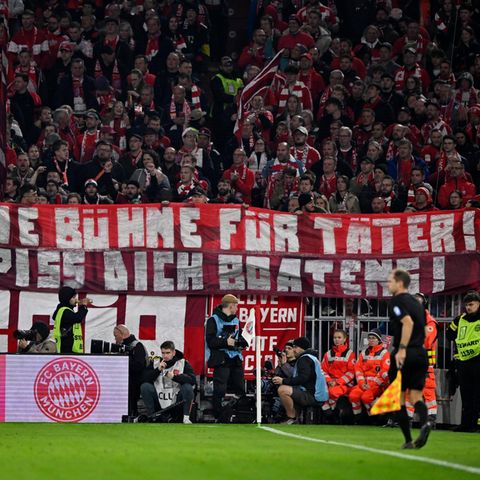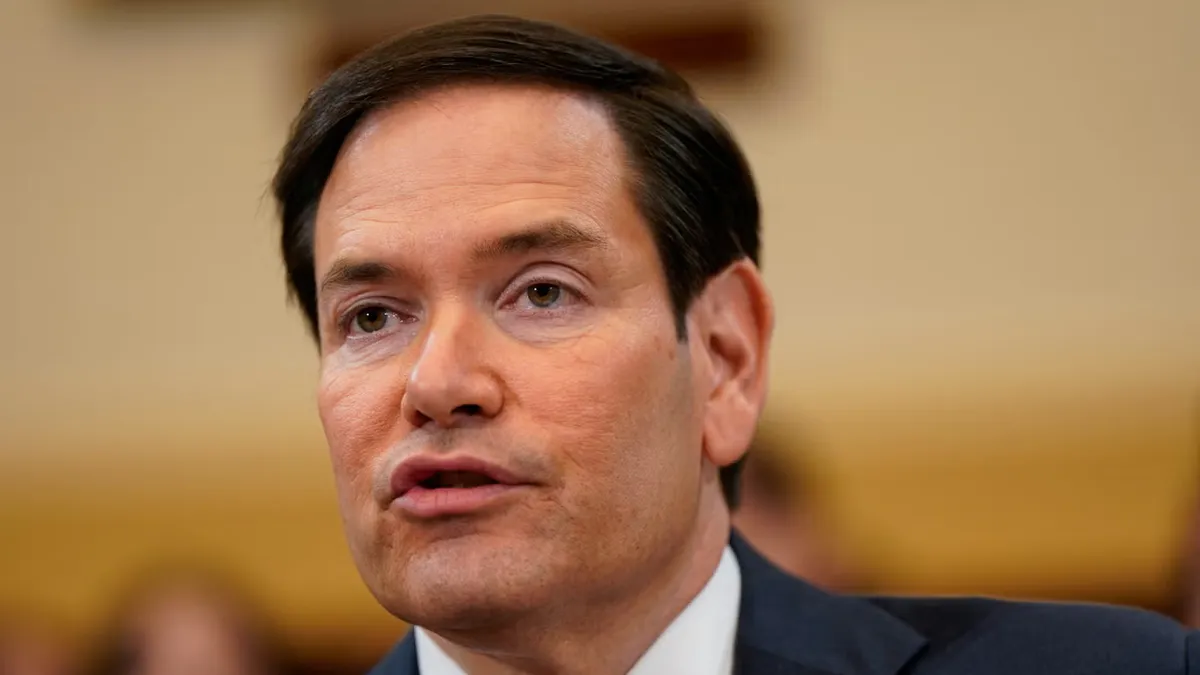Fiscal performance has been consolidated as one of the fundamental pillars of the current government. The elimination of the chronic fiscal deficit is an objective that, in reality, has not been achieved. Historically identified as the epicenter of all Argentina’s ills, it has been drastically attacked on the side of public spending. The story is that, in 2024, the primary surplus stood at 1.7% of GDP, while the general balance apparently showed a surplus of 0.5% of GDP, marking a very significant reversal with respect to the deficit of 4, 4% of GDP 2023.
Inflation: From crisis to relative stability
Inflation, which has historically been high in Argentina, today shows clear signs of deceleration, from 25% in December triggered by Luis Caputo (double the worst month of the previous government). In October 2024, the monthly CPI was reduced to 2.7%, its lowest level since 2020, but still almost double that of October 2015, when the Congress CPI indicated 1.54%. The government projects year-end inflation of 120% year-on-year, which is difficult to achieve, with a marked downward trend towards 2025, when the consensus of consulting firms that support Milei expects to close at around 30% and, the IMF speaks of 45%. In any case, this progress is attributed to strict monetary discipline, supported by the recovery of real money demand and an increase in credit in local currency.
However, inflation stability depends largely on maintaining a coherent policy framework, unmooring the historical relationship between monetary policy and Treasury financing. Likewise, the process of deregulation of the exchange market, described by JPMorgan as “crossing the Rubicon”, will be crucial to consolidate these advances.
Beyond the dreamed dollarization
One of the most innovative aspects of the government’s economic strategy has been to patch up the bimonetary economy, seeking to strengthen the role of the peso without resorting to total dollarization, which clearly failed as promised during the campaign.
The increase in foreign currency deposits and the growth of bank credit in foreign currency reflect greater confidence in the financial system. This change, although incipient, demonstrates the potential for stabilization when pro-market incentives are combined with prudent policies.
The growth of dollar deposits, fueled by measures such as successful money laundering, has added liquidity to the financial system, allowing the private sector to take a more active role in accumulating reserves. This phenomenon could become a structural support factor during part of the year 2025, for debt service in foreign currency.
Delay of the real exchange rate
The current exchange rate delay, in a scenario characterized by the global strengthening of the dollar and the depreciation of the Brazilian real, raises strong concerns about the survival of SMEs and the impact on employment, particularly in areas such as the Buenos Aires suburbs. This phenomenon is exacerbated by economic opening and the reduction of ad hoc tariffs, which subjects small and medium-sized companies to unequal competition against imported goods, especially of Chinese origin.
The Caputo plan, although it continues to “hold up,” is helpless by negative net reserves of the order of US$6.6 billion. This situation forces the BCRA to prioritize the accumulation of reserves, an IMF objective that demands a higher exchange rate than the current one. Under these conditions, projecting an exchange rate of $/u$s 1,180-1,244 for October 2025 seems insufficient to guarantee a resilient economy. This challenge is aggravated by the absence of structural reforms that this type of programs must implement to increase productivity and competitiveness.
Furthermore, a senior official has pointed out that SMEs represent only a “stage” in business evolution, implicitly justifying their disappearance as a natural destiny under these circumstances. This vision is deeply questionable in a historically protectionist economy, where SMEs are not only essential for the industrial fabric, but also for the livelihood of thousands of families. Opening the economy without a competitive exchange rate could trigger a wave of business closures, seriously affecting local production and employment.
Relative analysis of the exchange rate at “historical peaks”
By the way, all the situations were different, but every time the exchange rate appreciated excessively, “over shootings” occurred. Let’s consider the exchange rate peaks and the fames that still resonate, after a period of delay. Recapitulating events and historical quotes transferred in time:
- José María Guido: $2,639.
- Onganía: $2,236.
- Lanusse: $2,095.
- “Rodrigazo”: $1,990.
- Martínez de Hoz: (start $2,596, end of the “sweet silver” $690).
- Nicolaides: $2,586 in 1983.
- Alfonsín, “Plan Austral”, start: $2,435.
- Alfonsín before announcing his early resignation: $4,426.
- Menem after completing 3 quarters of government: $2,999.
- De La Rúa, last days of Convertibility: $870
- Duhalde, 6 months after the end of Convertibility: $2456.
- Macri “returns to the IMF”: $1,552.
The average delay since the 1960s is estimated at 40%. Furthermore, the appreciation of the peso against the Brazilian real since the beginning of the current government reaches 80%, an alarming fact considering that Brazil represents the destination of 20% of our exports.
The current situation presents unique challenges, although primary products now include resources such as gas, oil and minerals, total public debt has reached record levels relative to GDP. This context reinforces the need to adjust the exchange rate to prevent a possible exogenous shock or a fortuitous episode of any kind from triggering a larger exchange rate and financial crisis, while protecting the productive and social structure of the country.
Growth, after melting 3 of the 4 cylinders of the economical engine
Economic activity had been showing signs of fragility under Fernández, but under Milei it has plummeted since December 2023. The president turned off 3 of the 4 cylinders of the economy’s engine. Consumption, investment and public spending plummeted in 2024. Only exports grew compared to 2023, where the collapse of exports due to the drought reached around (-23 billion dollars). The strategy is the same as “inflation marketing”: mark a fifth subfloor of collapse and then call “growth” the invariable “technical rebound” of the GDP, projected by JP Morgan at 4.4% for 2025. This rebound would be led by the export sector and the boost in weak domestic demand, supported by a synchronized fiscal and monetary policy. However, maintaining this momentum will require resolving labor market rigidities and deepening investment in strategic sectors such as energy and technology.
Challenges and opportunities towards 2026
Although the government has demonstrated a certain ability to make citizens “overlook” the collateral damage, the next two years will be critical to strengthen the foundations for an eventual consolidation of the chosen path. The needs of the liberal-libertarian theoretical framework include:
- Dismantle the “Macri 2019 stocks”: it implies re-integrating Argentina into the global markets, lost since Minister Caputo himself, with his own colleague Sturzenegger, endured Argentina “falling out of the world”, desperately turning to the IMF.
- Negotiate a new agreement with the IMF: must include realistic goals and support mechanisms that do not compromise economic sovereignty.
- Strengthen net reserves: will require both the attraction of foreign investment and the generation of sustained trade surpluses.
The Argentine economy, under the management of Javier Milei, is advancing on a path full of dilemmas. While the government celebrates certain achievements, such as the reduction of public spending and relative inflationary stability, the social and productive costs begin to appear as unavoidable challenges. Without a clear strategy that allows rebuilding the social fabric and enhancing structural competitiveness, the libertarian project runs the risk of becoming an incomplete narrative. History will judge whether these first steps were the prelude to a lasting transformation or the beginning of a mirage that left more questions than answers.
Director of Esperanza Foundation. https://fundacionesperanza.com.ar/ UBA Postgraduate Professor and Master’s Degrees at private universities. Master in International Economic Policy, Doctor in Political Science, author of 6 books
Source: Ambito
David William is a talented author who has made a name for himself in the world of writing. He is a professional author who writes on a wide range of topics, from general interest to opinion news. David is currently working as a writer at 24 hours worlds where he brings his unique perspective and in-depth research to his articles, making them both informative and engaging.




